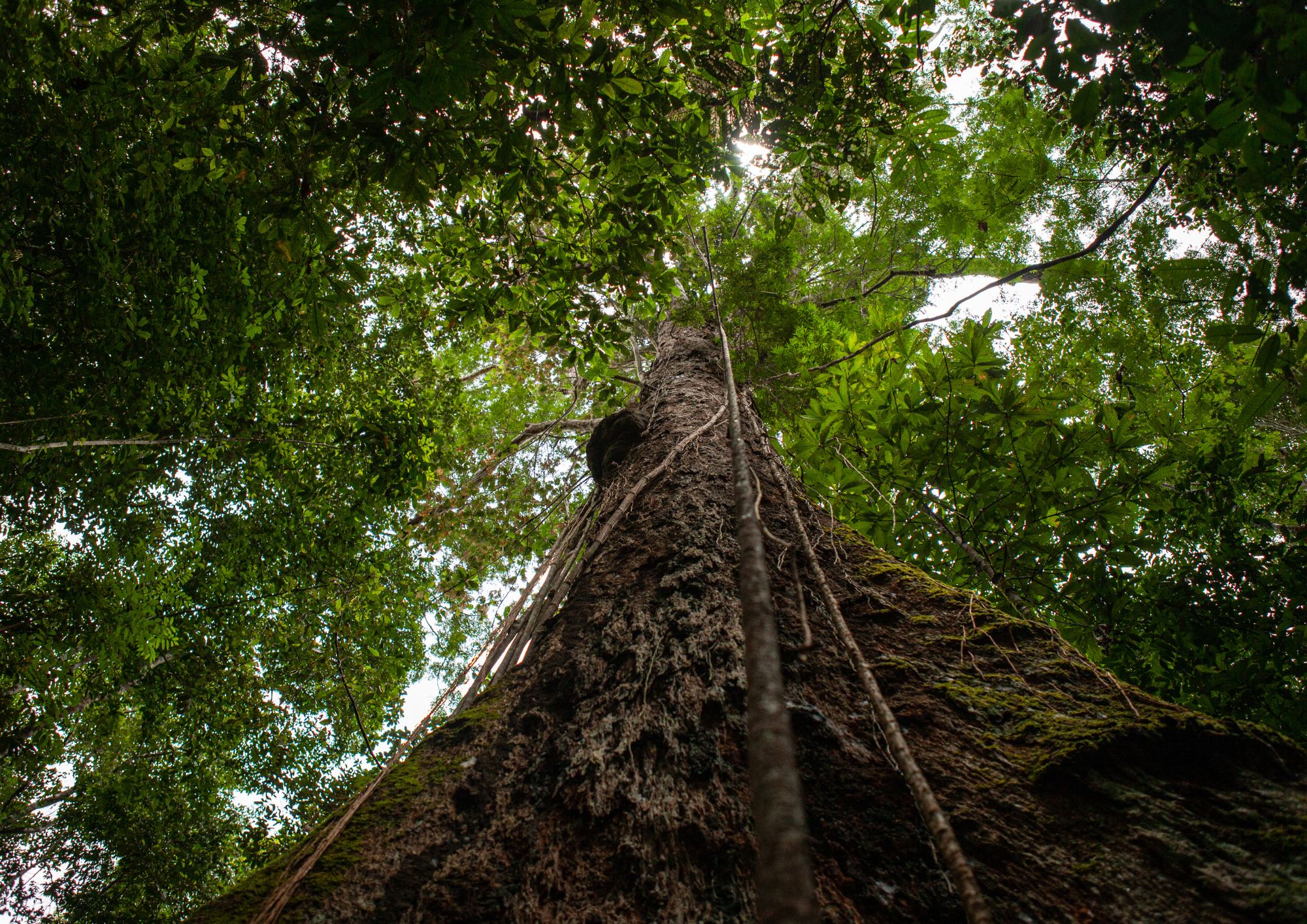The Vital Role of Forest Conservation in Achieving Sustainability
Europe’s rich tapestry of forests holds secrets vital to the continent’s ecological
health and economic prosperity. Covering nearly half of the European Union’s land
area, these forests are more than just magnificent landscapes; they are intricate
ecosystems teeming with life and untold wonders. Forest conservation plays a vital
role in achieving sustainability not only in Europe but globally.
Research conducted by the World Wildlife Fund (WWF) estimates that approximately
36 football fields’ worth of forests are lost every minute globally due to deforestation,
highlighting the urgency of conservation efforts to protect biodiversity. According to
the International Union for Conservation of Nature (IUCN), forests house around 80%
of terrestrial species, making them critical for the preservation of global biodiversity.
A Haven for Biodiversity: Where Europe’s Forests Shine
The forests of Europe have earned their reputation as biodiversity hotspots. Europe’s
forests host a staggering diversity of species, with over 80,000 different plant and
animal species calling them home. Many of these species are endemic, found
nowhere else on Earth. The journal Science also reported that the Amazon Rainforest
alone is home to about 390 billion individual trees, underscoring its significance as a
biodiversity hotspot globally.
According to a comprehensive study by the European Environmental Agency (EEA),
European forests are custodians of approximately 37% of the EU’s total terrestrial
biodiversity. This diversity ranges from the elusive lynx in the Carpathian Mountains
to the iconic brown bear in the Pyrenees.
For instance, consider the primeval Bialowieza Forest, shared by Poland and Belarus,
which is not only a UNESCO World Heritage site but also a sanctuary for more than
10,000 species of flora and fauna. It is one of Europe’s last and largest remnants of
primeval woodland. Not only is it a symbol of biodiversity, but it also stores immense
carbon reserves, helping to combat climate change.
Carbon Guardians: Europe’s Forests and the Climate Crisis
European forests are not only havens for biodiversity but also vital in climate
regulation and carbon sequestration. Forests across Europe collectively act as
formidable carbon sinks, absorbing and storing a remarkable 10% of the European
Union’s annual greenhouse gas emissions. This capacity plays a crucial role in
mitigating climate change and ensuring the continent’s climate resilience.
Research conducted by the European Space Agency (ESA) demonstrates the
astonishing carbon sequestration potential of European forests, which capture and
store approximately 500 million tons of CO2 each year.
Pure Liquid Gold: How European Forests Secure Freshwater Resources
Clean water is a treasure for Europe, and its forests are the unsung heroes in
securing freshwater resources. An astounding 75% of Europe’s freshwater resources
originate from forested catchments, highlighting the indispensable role of forests in
providing clean water.
Research from the European Commission’s Joint Research Centre (JRC) underscores
the capacity of forests to safeguard water quality and reduce the risks of flooding
and droughts. Forests act as natural filtration systems, ensuring pristine freshwater
ecosystems.
For example, in Finland, the picturesque Thousand Lakes region is more than just a
scenic wonder; it is a testament to how well-managed forests contribute to pristine
freshwater environments.
Green Gold Rush: The Economic Significance of European Forests
European forests are not just ecological treasures; they are also economic
powerhouses. The forest sector provides employment to approximately 3 million.
Europeans and contributes about €140 billion to the EU’s gross value added.
Sustainable forest management ensures a steady supply of timber and non-wood
forest products.
The majestic Black Forest in Germany is a prime example. It’s not just a tourist
attraction; it’s a thriving hub for the forest-based sector, contributing significantly to
the local and national economy.
Cultural Treasures: European Forests and Heritage
European forests hold rich cultural significance, deeply intertwined with history and
traditions. The ancient Bialowieza Forest, shared by Poland and Belarus, is not just a
natural wonder; it is a symbol of Slavic cultural heritage and a living connection to
Europe’s past.
In Sweden, the centuries-old tradition of “allemansrätten,” which allows people to
roam freely in the forest, preserves a connection to the land and showcases the
cultural significance of forests in European societies.
The mystical Black Forest in Germany has inspired countless legends and fairy tales,
leaving an indelible mark on European culture and storytelling traditions.
Ecosystem Services Unleashed: The Multi-Faceted Gifts of European Forests
European forests are generous providers of ecosystem services. These forests
generate an estimated €95 billion annually in ecosystem services, including timber,
recreational opportunities, and carbon storage. These services contribute
significantly to human well-being and economic prosperity.
The Ardennes Forest in Belgium and Luxembourg is not just a picturesque wilderness;
it is a vital source of ecosystem services that benefit the region’s communities, from
providing wood products to offering recreational spaces.
Forest Conservation Is Not An Option, But A Necessity
Forest conservation is not merely an option but a necessity for Europe’s environmental health, economic prosperity, and cultural preservation. By preserving and wisely managing European forests, we protect biodiversity, mitigate climate change, ensure clean water, bolster local economies, and cherish cultural traditions.
It is our shared responsibility to safeguard these precious ecosystems for current and
future generations, as they are at the heart of Europe’s resilience against the
environmental and economic challenges we face today.
If you’re looking for a company whose initiatives you’d like to support, please feel free to get in touch to our team. Together, we can preserve forests in 5 different EU countries.”

